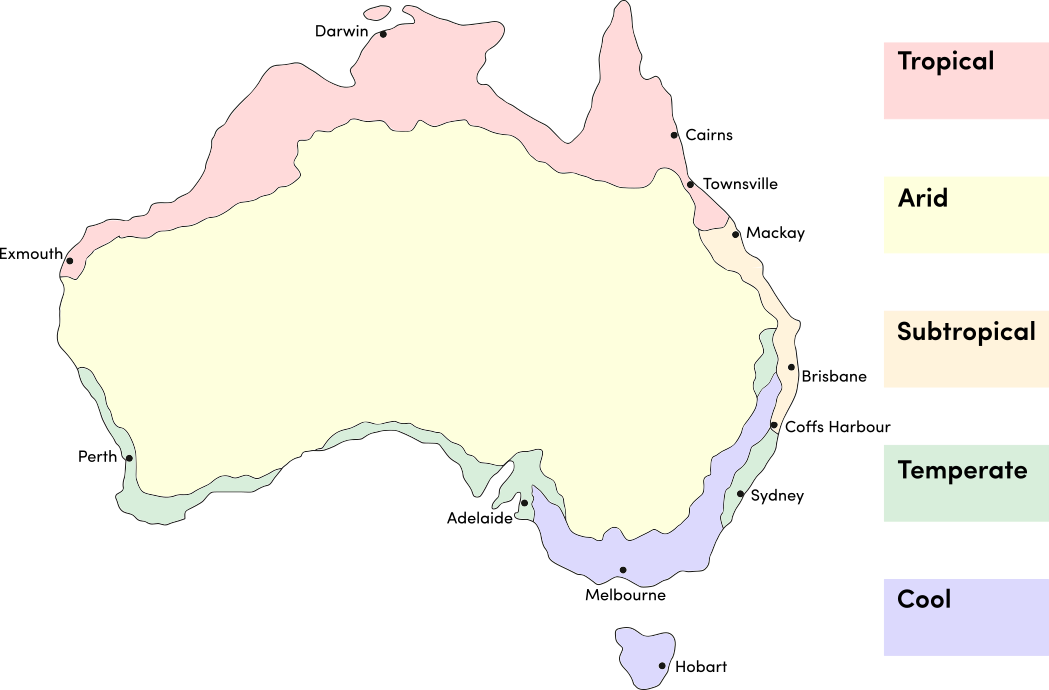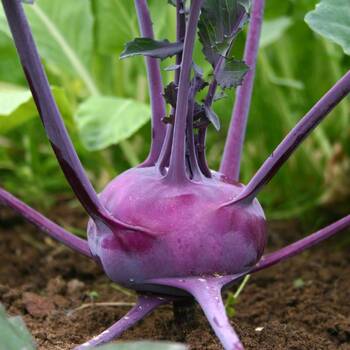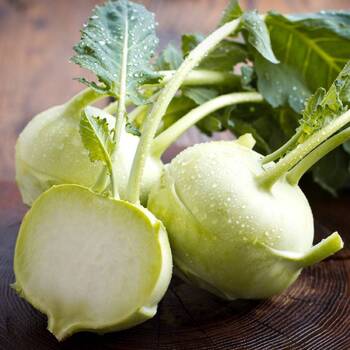Kohlrabi Seeds_
Guides
-
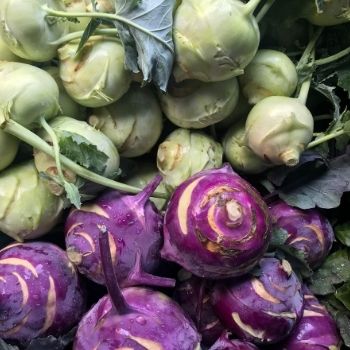
How to Grow Kohlrabi Seeds
A comprehensive guide on how to grow Kohlrabi Seeds; including soil preparation and position, when and how to sow, when and how to harvest and common pests and diseases. View guide.
-
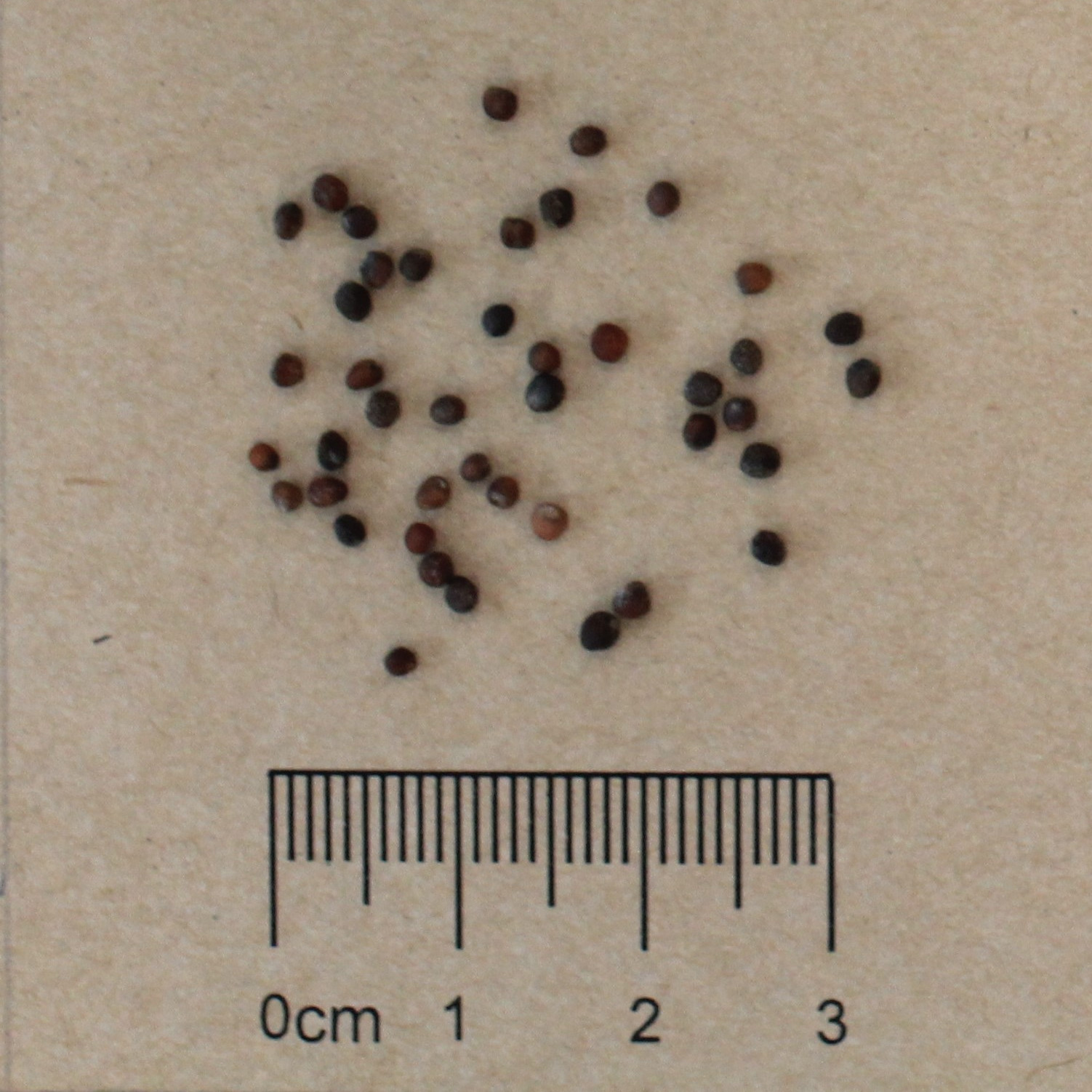
Seed Saving Guide: Kohlrabi (Brassica oleracea)
A guide on how to save Kohlrabi seeds; including pollination type, isolation distance, when to harvest and best cleaning methods. View guide.
More Related Content
-
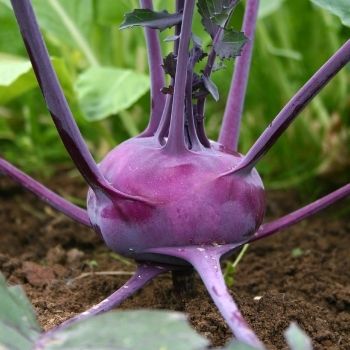
Kohlrabi: A Unique Member of the Brassica Family
Kohlrabi is a unique-looking member of the brassica family that's easy to grow and surprisingly versatile in the kitchen. This article tells you all you need to know about this futuristic veggie. Read article.
-
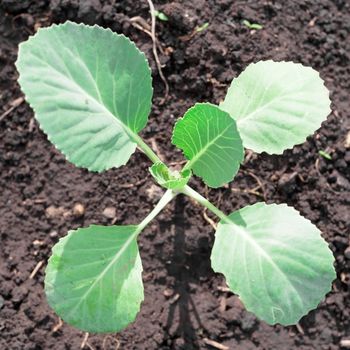
Brassicas: Sow Seeds in Summer for Better Winter Harvests
It's common to sow summer crops indoors in winter to give them a head start in life. But not as many gardeners take the same early approach to winter crops like brassicas. Starting your winter veggie garden in summer is a great idea, and here's why. Read article.

